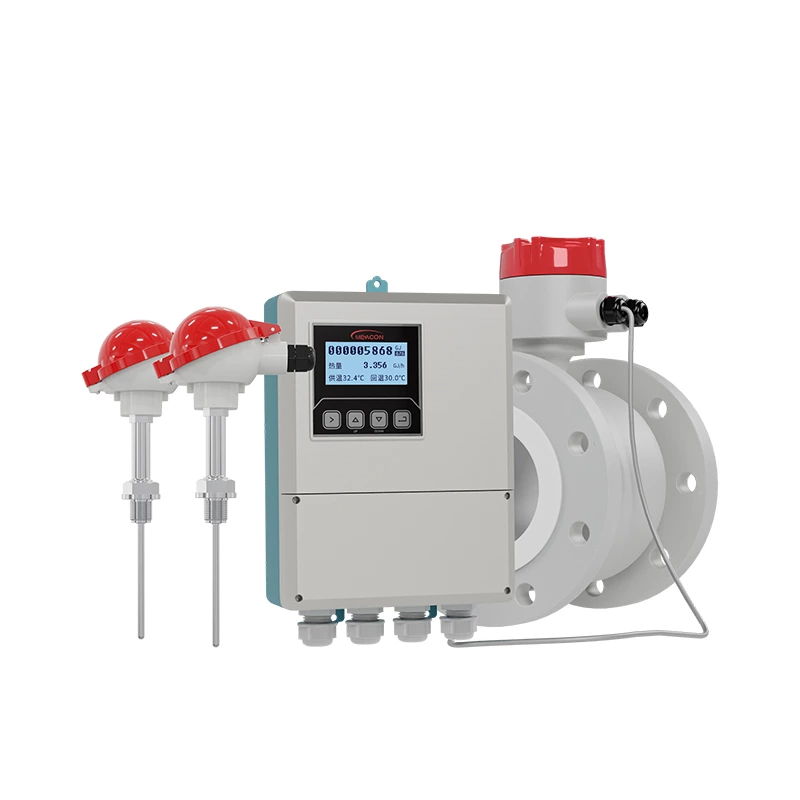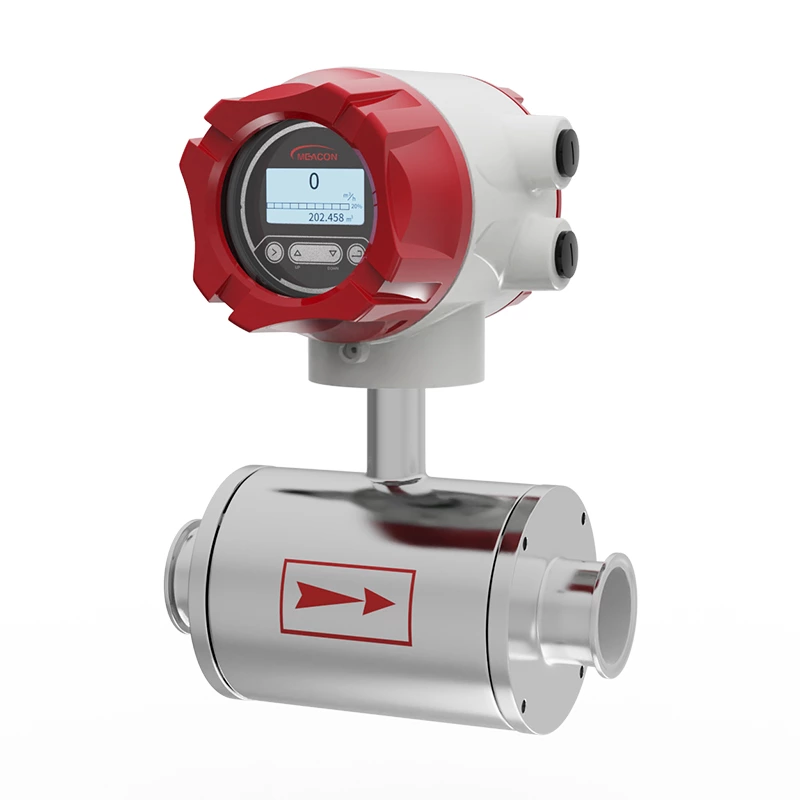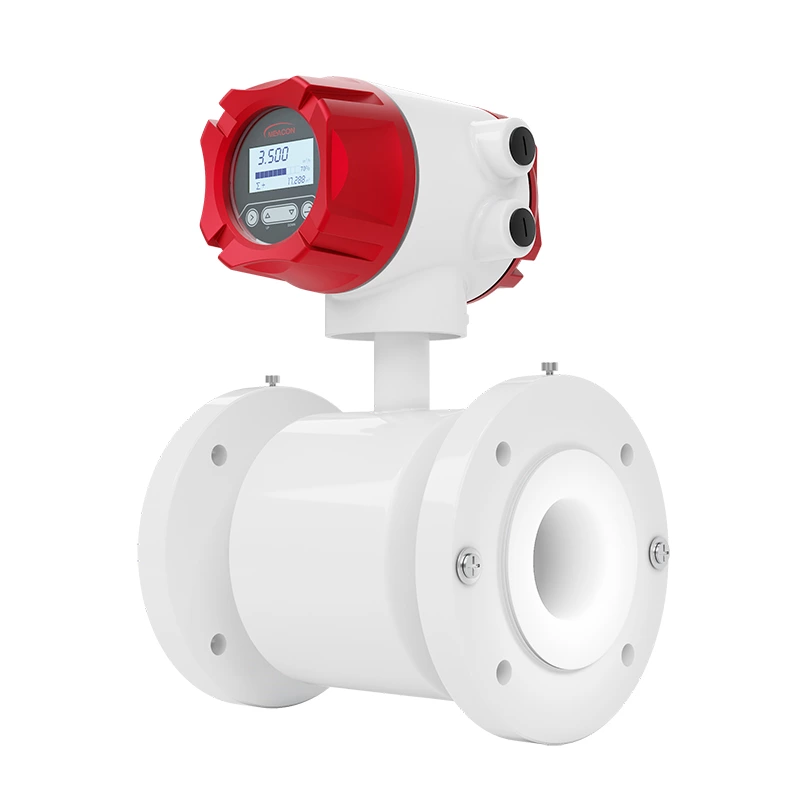What is A BTU Meter And How Does It Work?
What is BTU?
BTU stands for British Thermal Unit, and it is a unit of measurement for energy. Specifically, it is the amount of heat required to raise the temperature of one pound of water by one degree Fahrenheit at sea level. In the context of heating and cooling systems, BTU is commonly used to measure the amount of heat that an HVAC system can produce or remove from a space. This measurement helps determine the appropriate size of HVAC equipment needed to adequately heat or cool a given area.
Additionally, BTU is also used to measure the energy content of fuels such as natural gas, propane, and heating oil, which helps determine the cost and efficiency of using these fuels for heating purposes.
What is a BTU Meter?
A BTU meter, also known as an energy meter, is a device used to measure the heat energy generated or consumed in a heating or cooling system. The meter works by measuring the flow rate and temperature difference of a liquid passing through a heat exchanger.
The BTU meter consists of two temperature sensors, a flow sensor, and a calculator. One temperature sensor is placed at the inlet and the other at the outlet of the heat exchanger. The flow sensor measures the rate of flow of the liquid passing through the heat exchanger.
The temperature difference between the inlet and outlet of the heat exchanger is measured by the two temperature sensors. The flow rate of the liquid is measured by the flow sensor. The calculator then uses this data to calculate the amount of heat energy that has been transferred through the heat exchanger.
The BTU meter provides accurate measurements of heat energy transferred, making it a useful tool for monitoring the energy consumption of heating or cooling systems. It can be used in various settings, including commercial, industrial, and residential applications. The data provided by the meter can be used to optimize the efficiency of HVAC systems, detect leaks or system inefficiencies, and help identify areas for improvement in energy consumption.
BTU Meter Working Principle
The working principle of a BTU meter is based on the measurement of the heat energy that is exchanged between two fluids in a heat exchanger. The meter measures the temperature difference and the flow rate of the two fluids and uses these values to calculate the amount of heat energy that has been transferred.
BTU meters consist of two temperature sensors, a flow sensor, and a calculator. The two temperature sensors are placed at the inlet and outlet of the heat exchanger to measure the temperature difference between the two fluids. The flow sensor measures the flow rate of the fluids passing through the heat exchanger.
The temperature difference and the flow rate data are transmitted to the calculator, which uses them to calculate the amount of heat energy that has been transferred between the two fluids. The calculator multiplies the flow rate by the temperature difference and by a constant that depends on the specific heat capacity of the fluids.
The resulting value is the amount of heat energy transferred, which is expressed in BTUs. This value can be used to determine the efficiency of a heating or cooling system and to identify any potential inefficiencies or areas for improvement.
The data provided by the BTU meter can be used to optimize the operation of HVAC systems, detect leaks or system inefficiencies, and help identify areas for improvement in energy consumption.
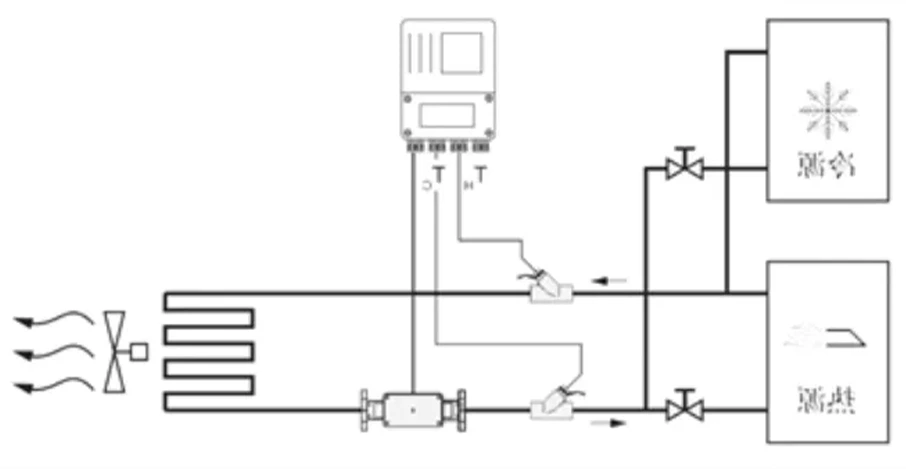
What is BTU Measurement System?
The BTU measurement system is a system used to measure the amount of heat energy produced or consumed in a heating or cooling system. The system is based on the British Thermal Unit (BTU), which is the amount of heat energy required to raise the temperature of one pound of water by one degree Fahrenheit.
The BTU measurement system typically includes a BTU meter, which measures the flow rate and temperature difference of a liquid passing through a heat exchanger. The meter consists of two temperature sensors, a flow sensor, and a calculator. One temperature sensor is placed at the inlet and the other at the outlet of the heat exchanger. The flow sensor measures the rate of flow of the liquid passing through the heat exchanger.
The temperature difference between the inlet and outlet of the heat exchanger is measured by the two temperature sensors. The flow rate of the liquid is measured by the flow sensor. The calculator then uses this data to calculate the amount of heat energy that has been transferred through the heat exchanger.
The BTU measurement system is used in various applications, including commercial, industrial, and residential settings. It can be used to monitor the energy consumption of heating or cooling systems, optimize the efficiency of HVAC systems, detect leaks or system inefficiencies, and help identify areas for improvement in energy consumption.
In general, the BTU measurement system is a valuable tool for measuring and monitoring the amount of heat energy produced or consumed in a heating or cooling system, and can help to optimize the efficiency and reduce the energy consumption of HVAC systems.
BTU Meter Types
There are several types of BTU meters available, each designed for specific applications and operating conditions. Here are some of the common types of BTU meters:
- In-line BTU meters: These meters are installed directly in the pipeline, and measure the flow rate and temperature difference of the fluid passing through the meter. They are typically used in closed-loop HVAC systems, and are available in various sizes to accommodate different pipe diameters.
- Clamp-on BTU meters: These meters are attached to the outside of the pipe, and use ultrasonic sensors to measure the flow rate and temperature difference of the fluid passing through the pipe. They are commonly used in applications where it is difficult or impractical to install an in-line meter, such as retrofitting existing HVAC systems.
- Portable BTU meters: These meters are designed for temporary installations, and are typically used for commissioning, testing, or troubleshooting HVAC systems. They can be easily moved from one location to another, and are often used to verify the accuracy of in-line or clamp-on meters.
- Thermal dispersion BTU meters: These meters use a pair of temperature sensors mounted in a probe inserted into the fluid flow stream. The temperature difference between the two sensors is used to measure the mass flow rate of the fluid, and the temperature difference and flow rate are used to calculate the heat energy transfer. They are commonly used in hydronic heating and cooling systems.
- Vortex shedding BTU meters: These meters use a vortex shedding principle to measure the flow rate of a fluid passing through a meter. The temperature difference between the inlet and outlet of the meter is used to calculate the heat energy transfer. They are commonly used in chilled water systems.
The type of BTU meter selected will depend on the specific application, operating conditions, and installation requirements. By selecting the appropriate meter, accurate measurement of heat energy transfer can be achieved, enabling more efficient and cost-effective operation of HVAC systems.
BTU Meter for Chilled Water
A BTU meter for chilled water is a type of flow meter used to measure the amount of heat energy transferred in chilled water systems. It is typically used in HVAC applications, such as cooling towers, air handling units, and chiller plants.
The BTU meter for chilled water works by measuring the flow rate and temperature difference of the chilled water passing through the meter. The meter consists of two temperature sensors, a flow sensor, and a calculator. One temperature sensor is placed at the inlet and the other at the outlet of the heat exchanger. The flow sensor measures the rate of flow of the chilled water passing through the meter.
The temperature difference between the inlet and outlet of the chilled water system is measured by the two temperature sensors. The flow rate of the chilled water is measured by the flow sensor. The calculator then uses this data to calculate the amount of heat energy that has been transferred through the system.
One advantage of using a BTU meter for chilled water is that it enables accurate measurement of the energy consumption of cooling systems, allowing for better control and optimization of energy usage. This can result in significant cost savings and improved efficiency of HVAC systems. Additionally, BTU meters for chilled water are non-invasive and do not require cutting into pipes or shutting down the system for installation, reducing downtime and maintenance costs.
Another advantage is that BTU meters for chilled water can be easily integrated into building automation systems, allowing for remote monitoring and control of energy consumption. This can help building owners and facility managers to better manage their energy usage, reduce waste, and meet sustainability goals.
BTU meters for chilled water provide a valuable tool for accurately measuring and monitoring the energy consumption of HVAC systems, enabling better control and optimization of energy usage, and reducing costs and environmental impact.
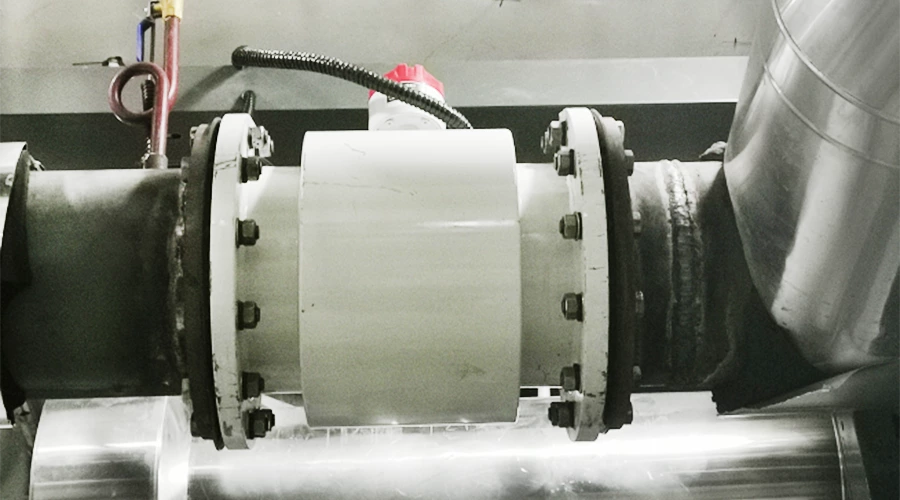
BTU Meter Installation
The installation of a BTU meter involves several steps to ensure accurate and reliable measurement of heat energy transfer. Here are some of the key aspects to consider when installing a BTU meter:
- Meter location: The meter should be located in a section of the pipeline where the flow is fully developed and there is a consistent flow profile. This can be achieved by ensuring that there are no bends or obstructions upstream of the meter, and that the meter is installed at least 10 pipe diameters downstream of any elbows, valves, or other flow disturbances.
- Meter orientation: BTU meters should be installed in the correct orientation, with the flow arrow pointing in the direction of flow. The meter should also be installed vertically, with the sensors in a horizontal position.
- Sensor placement: The temperature sensors should be placed in the correct location to ensure accurate measurement of temperature difference. In an in-line meter, the sensors should be placed at the inlet and outlet of the heat exchanger, while in a clamp-on meter, the sensors should be placed on opposite sides of the pipe, with the flow path between them.
- Calibration: The BTU meter should be calibrated prior to installation to ensure accurate measurement of heat energy transfer. This involves setting the meter's flow and temperature parameters to match the specific system requirements, and verifying the accuracy of the measurement.
- Electrical connections: The meter should be wired correctly, with the appropriate connections made to the temperature and flow sensors, and to the building automation or control system.
- Commissioning: Once the meter is installed and calibrated, it should be commissioned to ensure that it is functioning correctly and providing accurate measurement of heat energy transfer. This involves running the system and verifying that the meter readings match the expected values, and making any necessary adjustments to the meter or system settings.
In short, the installation of a BTU meter requires careful attention to detail and proper planning to ensure accurate and reliable measurement of heat energy transfer. By following the manufacturer's installation instructions and best practices, the meter can be installed correctly and provide valuable data for optimizing energy usage and reducing costs.
BTU Meter Calculation
BTU meter calculations are based on the measurement of flow rate and temperature difference in a heat transfer system. The following are the steps involved in BTU meter calculations:
- Determine the flow rate: The flow rate of the heat transfer fluid is measured using a flow meter or a differential pressure sensor. The flow rate is typically measured in gallons per minute (GPM) or liters per minute (LPM).
- Measure temperature difference: Two temperature sensors are used to measure the temperature difference between the inlet and outlet of the heat transfer system. The temperature sensors are typically mounted on the pipe, and they measure the temperature in degrees Celsius or Fahrenheit.
- Calculate heat transfer: The heat transfer rate can be calculated using the following formula:
- Q = m * c * delta T
- Where Q is the heat transfer rate (in BTU/hr or kW), m is the mass flow rate (in lb/hr or kg/hr), c is the specific heat of the fluid (in BTU/lb°F or kJ/kg°C), and delta T is the temperature difference (in °F or °C).
- Calculate total heat transfer: The total heat transfer can be calculated by integrating the heat transfer rate over a period of time. This is typically done using a data logger or a building automation system that records the flow rate and temperature difference over time.
- Convert to BTUs: The total heat transfer is typically expressed in BTUs or kilowatt-hours (kWh). One BTU is equivalent to the amount of energy required to raise the temperature of one pound of water by one degree Fahrenheit.
- Analyze data: The BTU meter data can be used to identify energy-saving opportunities and optimize the performance of the heat transfer system. This can be done by comparing the data to historical trends or benchmarking against similar systems.
BTU meter calculations are essential for monitoring energy usage and identifying opportunities to improve efficiency in heat transfer systems. By accurately measuring and analyzing energy consumption, building owners and facility managers can make informed decisions about system design, operation, and maintenance.
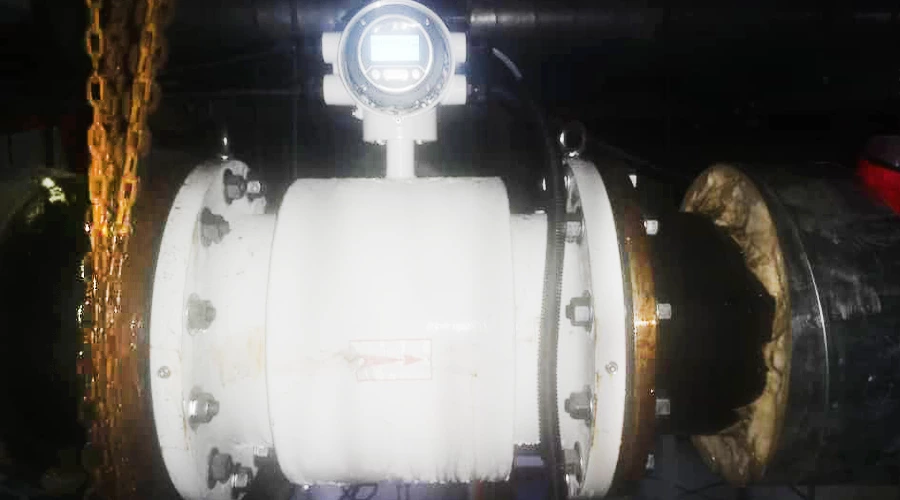
BTU Meter VS. Energy Meter
BTU meters and energy meters are both used to measure energy usage, but they differ in the way they measure and report energy consumption. Here are the key differences between the two:
- Measurement principle: A BTU meter measures the thermal energy transferred in a heat transfer system, while an energy meter measures the electrical energy consumed by an electrical system.
- Units of measurement: A BTU meter measures energy in British Thermal Units (BTUs), while an energy meter measures energy in kilowatt-hours (kWh).
- Accuracy: BTU meters are generally more accurate than energy meters for measuring thermal energy transfer. This is because BTU meters can take into account factors such as temperature difference, specific heat capacity, and flow rate of the heat transfer fluid.
- Application: BTU meters are typically used in buildings and facilities that use hot or chilled water for heating, ventilation, and air conditioning (HVAC) systems. Energy meters are used for monitoring and measuring electricity consumption in commercial and residential buildings.
- Cost: The cost of BTU meters and energy meters can vary depending on the level of accuracy, features, and installation requirements. BTU meters are generally more expensive than energy meters due to their more complex measurement technology.
Overall, both BTU meters and energy meters play an important role in measuring and monitoring energy consumption. They provide valuable data that can be used to identify energy-saving opportunities and optimize the performance of building systems. The choice of which meter to use will depend on the specific application and energy usage requirements of the building or facility.

